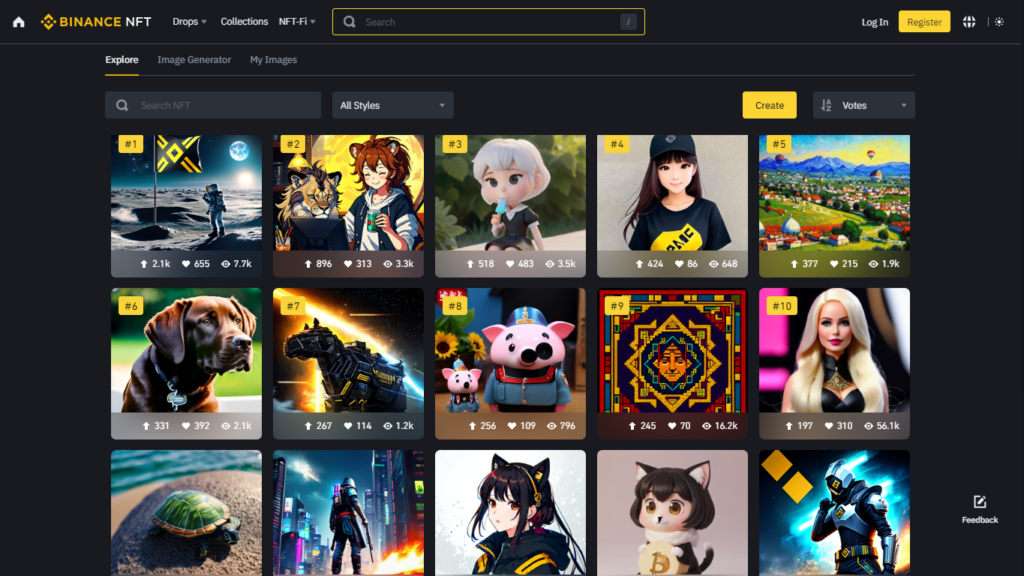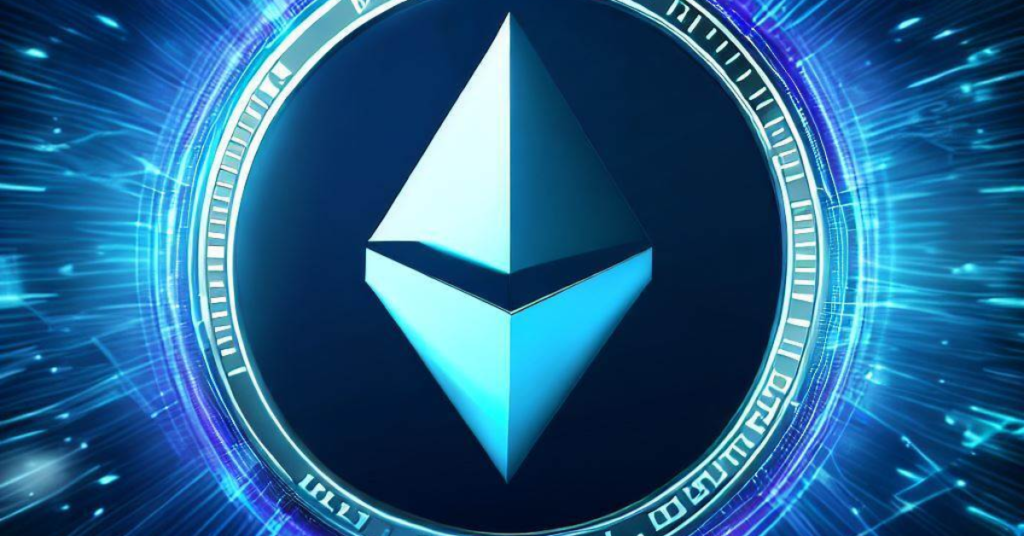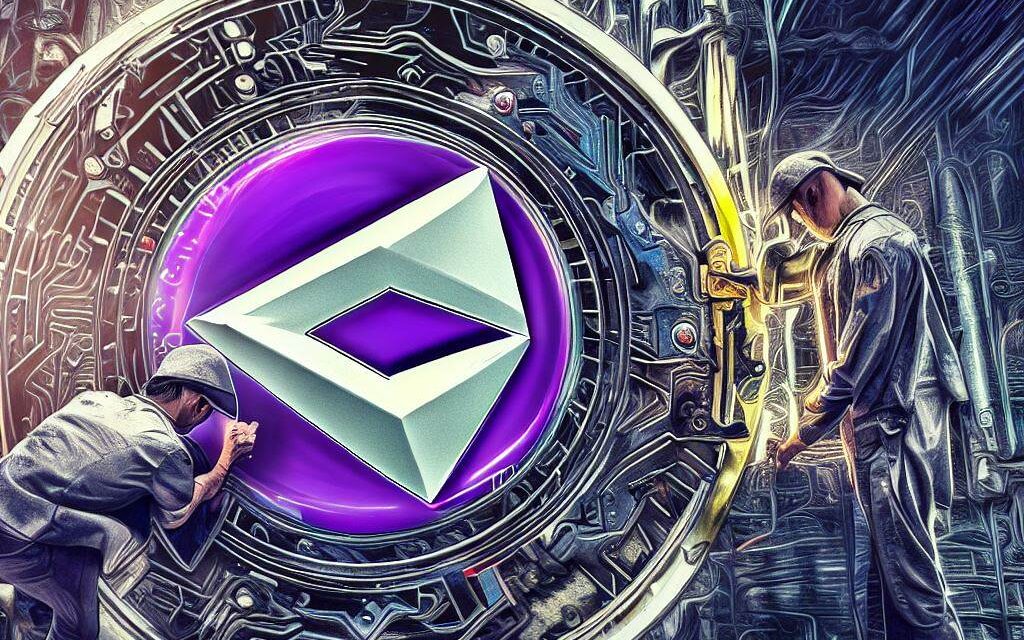What exactly is Defi?
In its most basic form, decentralized finance is an ecosystem of financial apps built on Blockchain technology that run without the interference of a third party or central administration. It employs a peer-to-peer network to build decentralized applications that allow everyone to join and manage their assets regardless of their status or location. It intends to provide an open-source, transparent, and permissionless financial services ecosystem.
Smart contracts, which are self-executing and do not require intermediate control, are the foundation layer for decentralized finance.
What does DeFi lending mean?
Defi lending services enable users to post their crypto currencies on the platform for lending purposes and strive to provide crypto loans in a trustless way, i.e., without middlemen. Through the P2P lending decentralized network, a borrower can immediately obtain a loan. In addition, the loan protocol enables interest payments to the lender. Among all decentralized applications (DApps), Defi contributes most frequently to locking crypto assets and has the fastest loan growth rate.
Traditional lending vs. DeFi lending
Blockchain is the foundation technology for defi lending; Defi makes use of all of its distinctive qualities and outperforms conventional lending extremely well. Without employing a third party, defi financing enables total transparency and simpler access to assets for all money transfer processes. The borrower must set up an account on the Defi platform, have a cryptocurrency wallet, and open Smart contracts for the procedure to be the simplest. With the censorship-free environment provided by Defi, immutability is guaranteed without any special treatment.
Both lenders and borrowers profit from debt-based lending. Long-term investors can lend assets and earn greater interest rates thanks to the alternatives for margin trading it provides. Users will be able to acquire fiat currency credit and borrow loans at rates that are cheaper than those offered by decentralized exchanges. Additionally, users have the option of exchanging it for a cryptocurrency on a centralized market before lending it to decentralized exchanges.

How do Defi loans operate?
Cryptocurrency assets’ underlying worth may rise or fall, but while they are dormant in wallets, they don’t earn interest. The mere possession of a certain cryptocurrency has no financial benefit. This is the circumstance where Defi loans are involved. Users may utilize defi loans to lend their cryptocurrency to others and receive interest on the loan. Banks have consistently made the most of this service. Nowadays, anyone may become a lender in the Defi industry. A lender may lend out their assets to third parties while earning interest on the loan. Lending pools, the loan offices of conventional banks, are a way to carry out this procedure.
Smart contracts enable users to combine their resources and transfer them to borrowers.
Smart contracts enable users to combine their resources and transfer them to borrowers. There are several ways to distribute interests to investors; as a result, it is advised and worthwhile to take the time to explore your preferred sort of interest. The same is true of borrowers, as each pool will use a different strategy for borrowing money.
Collateral for a loan from a bank is needed in order to obtain that loan. For an automobile loan, the vehicle itself serves as collateral. The bank will confiscate the automobile if the borrower doesn’t make loan payments. The same holds true for the decentralized system, with the exception that it is anonymous and doesn’t require the use of tangible assets as collateral. The borrower must provide something of greater value than the loan amount in order to obtain the loan. This quantity of money is deposited using smart contracts and must at least be of equal value to the loan amount. There are many different types of collateral; any cryptocurrency token can be used to swap borrowed coin.
To borrow one bitcoin, for instance, a user would need to deposit the cost of one bitcoin into DAI.
Additionally, Bitcoin values continue to fluctuate significantly. When the cost of the collateral falls below the cost of the loan, a case could be created. Here, the dilemma of how to handle this circumstance emerges. An illustration could make things clearer. Say a consumer requests a 100 DAI loan. MakerDAO demands that borrowers secure their loans with collateral worth at least 150% of the loan amount. This immediately implies that the borrower must provide $150 in ETH as security for the loan. And the collateral is liable to a liquidation penalty when its value falls below $150 ETH.
What advantages does Defi Lending provide its customers?
A faster origination of loans
The main benefit of quick processing time for digitally enabled loan operations. Cloud-based services, analytics for fraud identification and detection, and machine learning calculations for the best loan conditions and risk variables support defi lending platforms. Eventually, all of these technologies contribute to accelerating the process. Lenders use electronic contracts to deliver proposals as soon as the loan is approved.
Greater consistency in lending decisions
Consistency in lending choices is ensured by rules outlining credit practices. Underwriter variations in transaction structuring and candidate attribute evaluation are avoided.
Following all applicable federal, state, and local laws
Decision rules keep track of who used them, when, and where they were applied, as well as which rules were in force. It serves as proof and guarantees that the lender complies with all applicable local, state, and federal laws.
Analytics for portfolio profitability and operational optimization
Lenders and borrowers can benefit most from analytics in the digital lending process. Lenders can anticipate and properly deploy resources to meet seasonal demands by tracking loan applications over a predetermined time period (a week, month, or year). Insights regarding demographics, lending sources, credit levels, etc. are also provided via analytics. Understanding how borrower traits and credit guidelines impact loan performance may help the portfolio.
Permissionless
Anyone with a crypto wallet may use Defi apps created on Blockchain thanks to defi lending since it offers open, permissionless access and there is no minimum quantity of cash needed.
Transparency
Every network transaction is published on the public Blockchain, where it is also validated by every user. This degree of transaction openness makes it possible to analyze large amounts of data and guarantees that every network user has confirmed access.
Immutability
Decentralized architecture provided by blockchain technology provides tamper-proof data coordination while boosting security and auditability.
Programmability
Because they automate execution and are highly programmable, smart contracts make it possible to create new digital assets and financial instruments.
Interoperability
Defi protocols and apps combine and enhance one another when a linked software stack is used.
Self-custody
Participants in the Defi market maintain strict custody of their funds and maintain control over their data thanks to the usage of Web3 wallets (like Metamask).
How do platforms for Defi Lending benefit the financial services industry?
Borrowing and Lending
Peer-to-peer borrowing and lending protocols are employed in the majority of Defi lending applications. The most well-known Defi platforms include Aave, Compound, and Maker.
Savings
People may manage their funds in a variety of creative ways thanks to defi lending services. Users can take use of interest-bearing accounts’ features and optimize their profits by connecting to various lending platforms. Comparing interest-bearing accounts to standard savings accounts, the customer may significantly improve their profits. The most well-known dApps for saving money are Argent, Dharma, and PoolTogether.
Managing Assets
Users may act as custodians of their crypto assets thanks to defi lending protocols and crypto wallets like Gnosis Safe, Metamask, and Argent. It enables users to access the services of purchasing, selling, transferring, and earning interest on investments while interacting with decentralized apps swiftly and securely.




















































